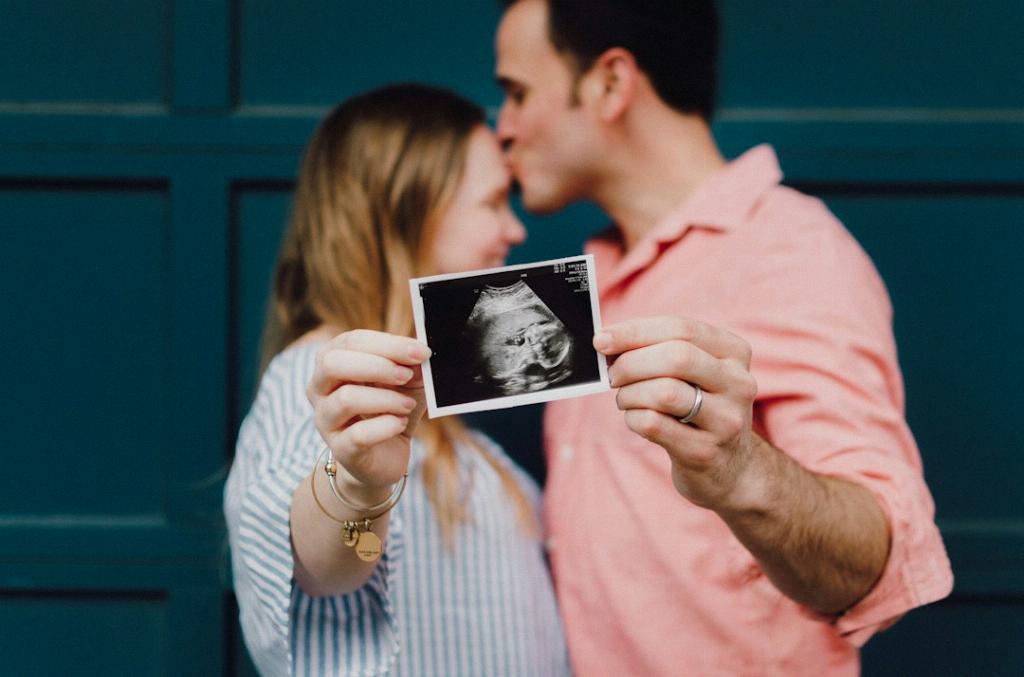When it comes to the effectiveness of stripping membranes at 38 weeks of pregnancy, one must consider the available data and research in order to make an informed decision. Membrane stripping, also known as a membrane sweep, is a method used to stimulate labor by separating the amniotic sac from the cervix. This procedure is commonly performed by healthcare providers in an effort to induce labor naturally and potentially avoid the need for medical induction.
Research indicates that membrane stripping can be an effective method for promoting labor. A study found that approximately 90 percent of women who underwent a membrane sweep delivered by 41 weeks gestation, compared to 75 percent of women who did not have the procedure. This suggests that membrane stripping may help initiate labor and reduce the likelihood of going past one’s due date.
It is essential to acknowledge that the effectiveness of membrane stripping at 38 weeks specifically may vary among individuals. While some women may experience successful labor induction following a membrane sweep at this stage of pregnancy, others may not respond as favorably. Factors such as cervical readiness, overall health, and individual variations in response to the procedure can influence the outcomes of membrane stripping at 38 weeks.
For women considering membrane stripping at 38 weeks, it is important to consult with their healthcare provider to discuss the potential benefits and risks associated with the procedure. Providers can assess the readiness of the cervix, evaluate the overall health of the pregnancy, and provide personalized recommendations based on individual circumstances.
While membrane stripping can be a beneficial option for some women, it is not without potential discomfort or risks. The procedure itself may cause mild discomfort or cramping, and there is a small risk of complications such as infection or premature rupture of membranes. Understanding the pros and cons of membrane stripping at 38 weeks is crucial for making an informed decision about whether to proceed with the procedure.
Women who are considering membrane stripping at 38 weeks should also be aware that the success of the procedure is not guaranteed. While research suggests that membrane sweeping can increase the likelihood of spontaneous labor, individual responses may vary. Factors such as previous pregnancies, maternal age, and overall health can all influence the outcomes of membrane stripping at 38 weeks.
It is also important to recognize that membrane stripping is just one of many options available for promoting labor at 38 weeks. Women may choose to explore other natural methods of labor induction, such as walking, acupuncture, or certain herbal remedies. Consulting with a healthcare provider and discussing the various options can help women make an informed decision about the most appropriate course of action for their individual circumstances.
Ultimately, the effectiveness of stripping membranes at 38 weeks depends on a variety of factors, including individual response to the procedure, cervical readiness, and overall health of the pregnancy. While research suggests that membrane sweeping can be a successful method for initiating labor, it is essential for women to weigh the potential benefits and risks before deciding to undergo the procedure.
Women who are considering membrane stripping at 38 weeks should approach the decision with informed consent and consult with their healthcare provider to ensure that they understand the potential implications of the procedure. By discussing the risks and benefits of membrane stripping, women can make a well-informed decision about whether to proceed with the procedure at 38 weeks of pregnancy.
In conclusion, membrane stripping can be an effective method for promoting labor at 38 weeks gestation. While research suggests that the procedure may help stimulate labor and reduce the likelihood of going past one’s due date, individual responses to membrane sweeping can vary. Consulting with a healthcare provider and weighing the pros and cons of the procedure are crucial steps in making an informed decision about whether to undergo membrane stripping at 38 weeks.

